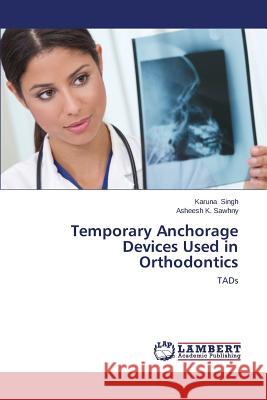Temporary Anchorage Devices Used in Orthodontics » książka
Temporary Anchorage Devices Used in Orthodontics
ISBN-13: 9783659562426 / Angielski / Miękka / 2014 / 144 str.
The practice of clinical orthodontics is largely dependent on the availability of anchorage. Anchorage, by definition, is a bodys resistance to displacement. An important aspect of treatment is maximizing the toot movement that is desired, while minimizing undesirable side effects. There are numerous ways in which orthodontist has tried to augment anchorage, including auxiliary devices such as headgear, transpalatal arches, and other appliances. Many of these appliances are awkward or uncomfortable for patients, often leading to less than desired levels of compliance. Thus, treatment outcome can become compromised. Over the past 60 years methods have been developed to create absolute anchorage with the help of what are known as Temporary Anchorage Devices (TADs) and thus widen the scope of orthodontics.TADs are temporarily fixed to bone for the purpose of enhancing orthodontic anchorage either by supporting the teeth of the reactive unit or by obviating the need for the reactive unit altogether, and which is subsequently removed after use.











